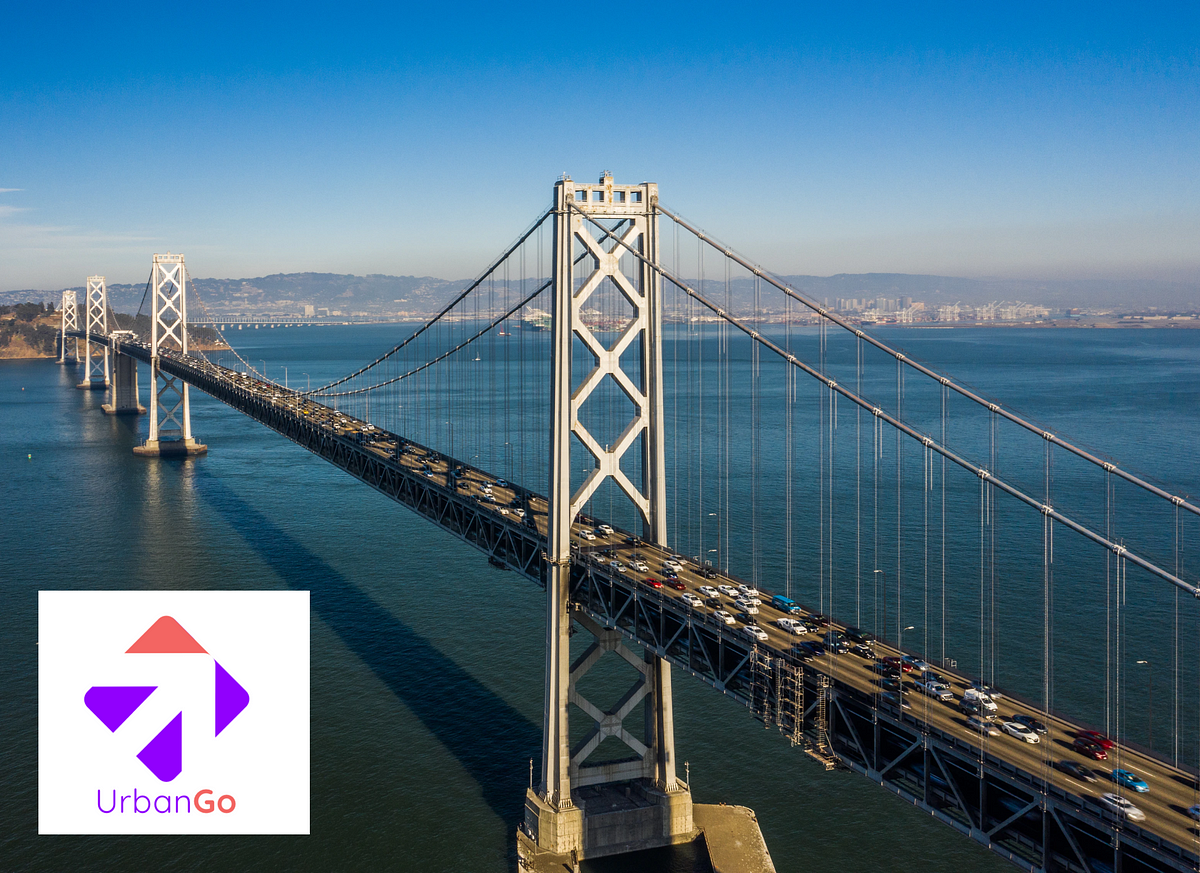My first challenge, as an Ironhacker, is to use the Design Thinking process to propose a new feature to UrbanGo, a transport application based in Silicon Valley. As Citymapper in France, UrbanGo proposes itineraries to facilitate mobility in large cities, informing users of the time and cost of their trip. The aim of this application is to improve local mobility by simplifying connectivity between train, tram, bus, taxi and car rental. In other words, it is a multimodal connectivity platform that aims to reduce the time, traffic and energy wasted by the current transport system and to preserve our environment.
I spent five days on this challenge, and interviewed five users.
Interview findings
Users don’t appreciate multimodal journeys and don’t know much about them
Users so rarely make multimodal journeys that none of them thinks about the fact that they cost two tickets. They find it abnormal at the time but quickly forget about this problem, or bypass it without thinking about it and avoid making this kind of connection again. They don’t appreciate taking the bus before or after a subway ride because bus stops are not easily found. Moreover, they don’t know the network very well, and it’s one more reason for them not to venture into a multimodal journey. Finally, they do not like having to adapt to too big a change of transport mode because the complexity of the connections is tiring.
The doubled price goes oddly unnoticed
As said previously, no one thinks it normal to pay twice the price of a ticket for one trip. All users feel they are being cheated when they realize they are paying double for a single trip, but don’t realize it when it happens to them. They have so much confidence in the public transport system that they don’t pay attention and don’t question it much, at least in their own city.
There is a real desire for innovation, and big reluctance can be overcome by simple explanations
Users find that things haven’t changed for a long time, especially concerning paper tickets. Once they are aware of this service (buying their tickets online by paying with their phone, or loading their traveling card behind their phone), despite their fears, they would prefer to have good explanations for using it rather than printing their tickets on the spot. In fact, all the interest they see in this new solution is that once they have made their purchase online, there is no additional step. The problem of the fear of taking their phone out in the subway, for example, can be solved by the mention, in the NFC tutorial, that this payment system works even when the phone is locked so that you can leave it in your bag without taking it out.
Behaviors and expectations are different when travelling abroad or in one’s hometown
Perceptions change depending on whether one is in one’s city or travelling, and there are very different expectations of urban transport compared to mainline trains. For french users, using the SNCF (the national train company) method (flashcode) for the RATP (the Parisian public transport company) would represent a big change in habits, would provoke mistrust and would require a big communication campaign or recommendations by relatives. Uber, for example, represented a big change in habits but worked thanks to word of mouth. People are more open to innovation in a city they don’t know because they think it may have been implemented without their knowledge.
The problem I am trying to solve
Users don’t make multimodal journeys easily, and when they do, they don’t realize that they will have to pay two tickets for one trip, nor do they guess in advance that they will have to wait in line twice and might encounter many problems, like broken vending machines or mistakes, especially when they are abroad. I am therefore wondering how to offer quicker and cheaper transport routes, and more precisely how to avoid users the pain of purchasing several transport tickets.
#challenge #urbango #design-thinking #ux-design #ironhack-prework
